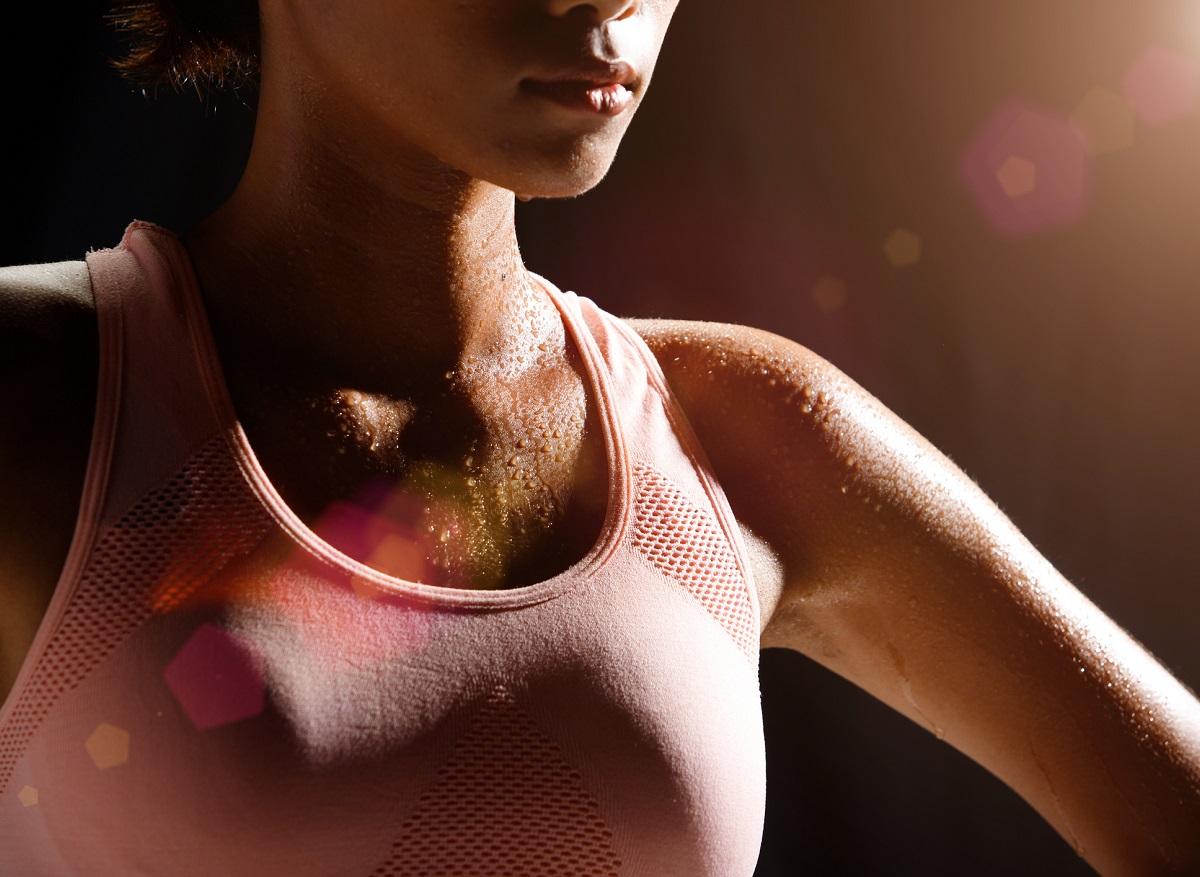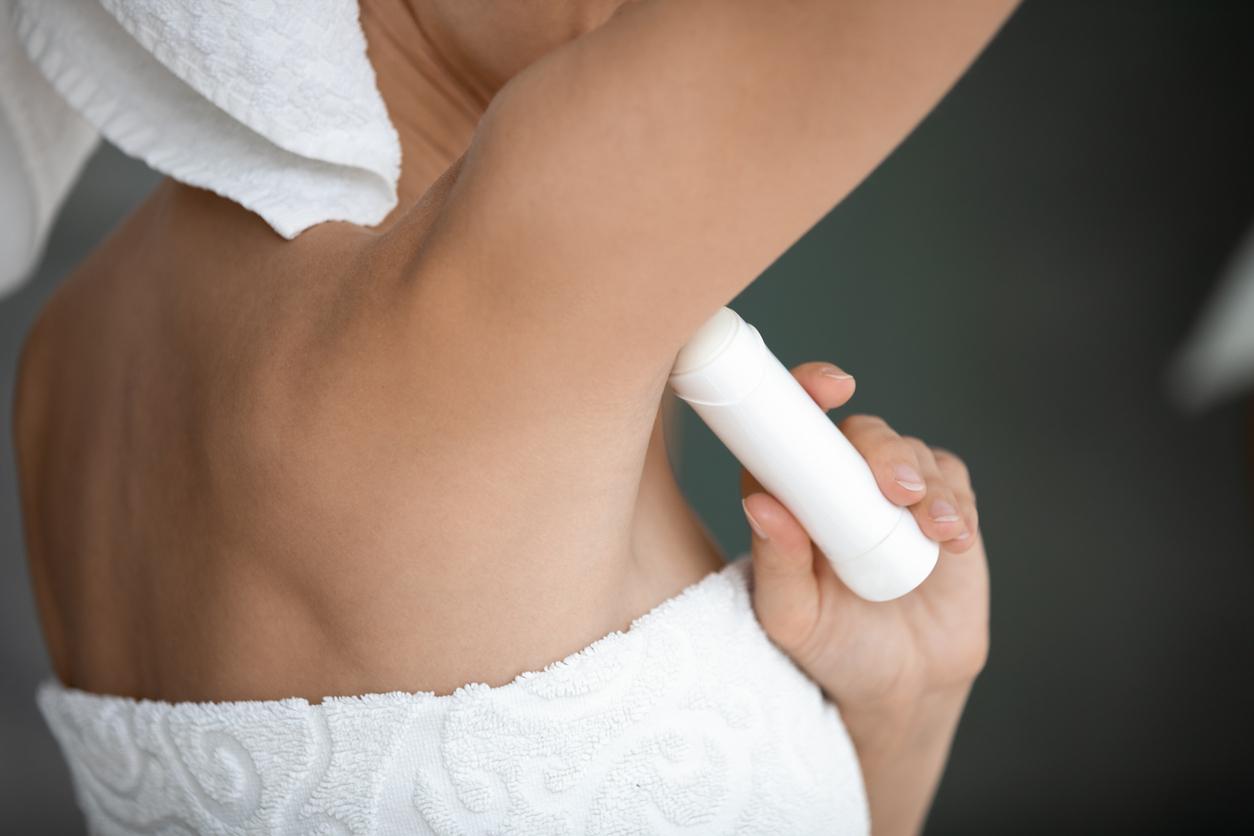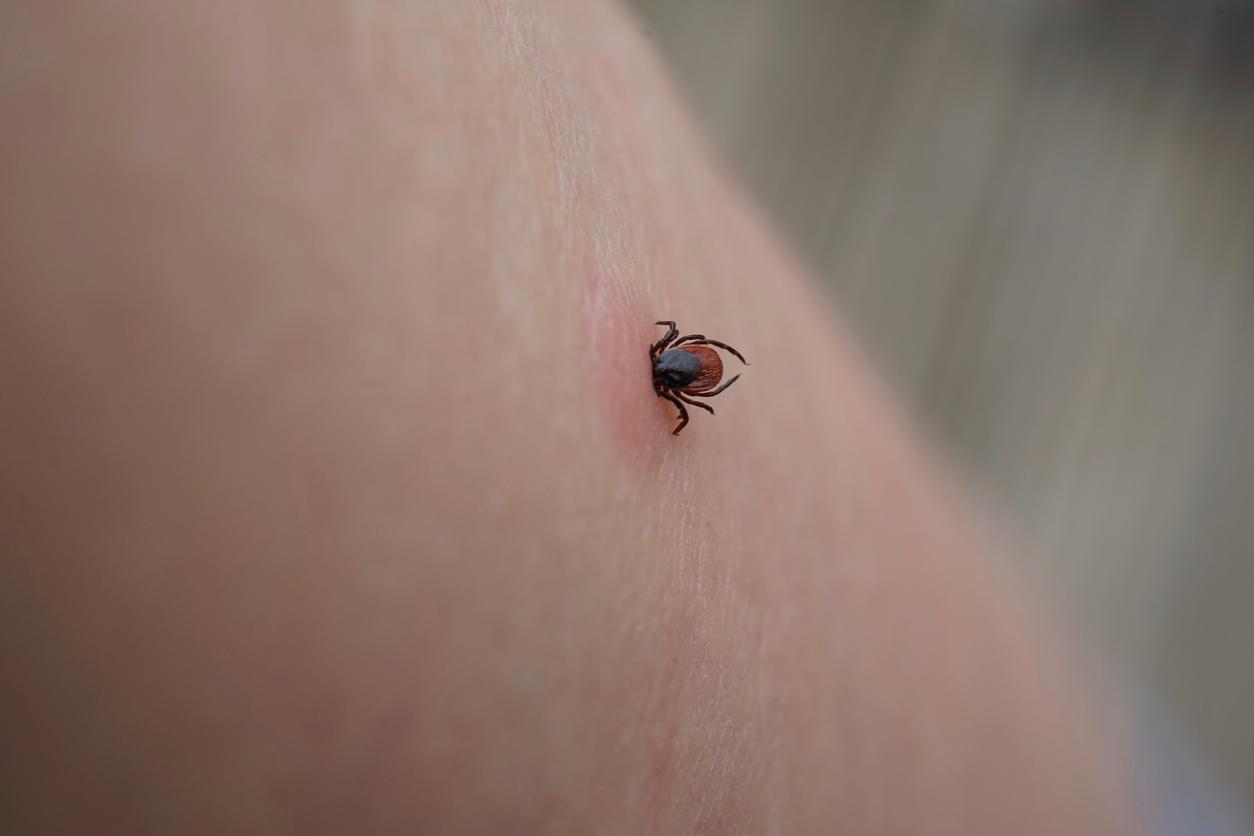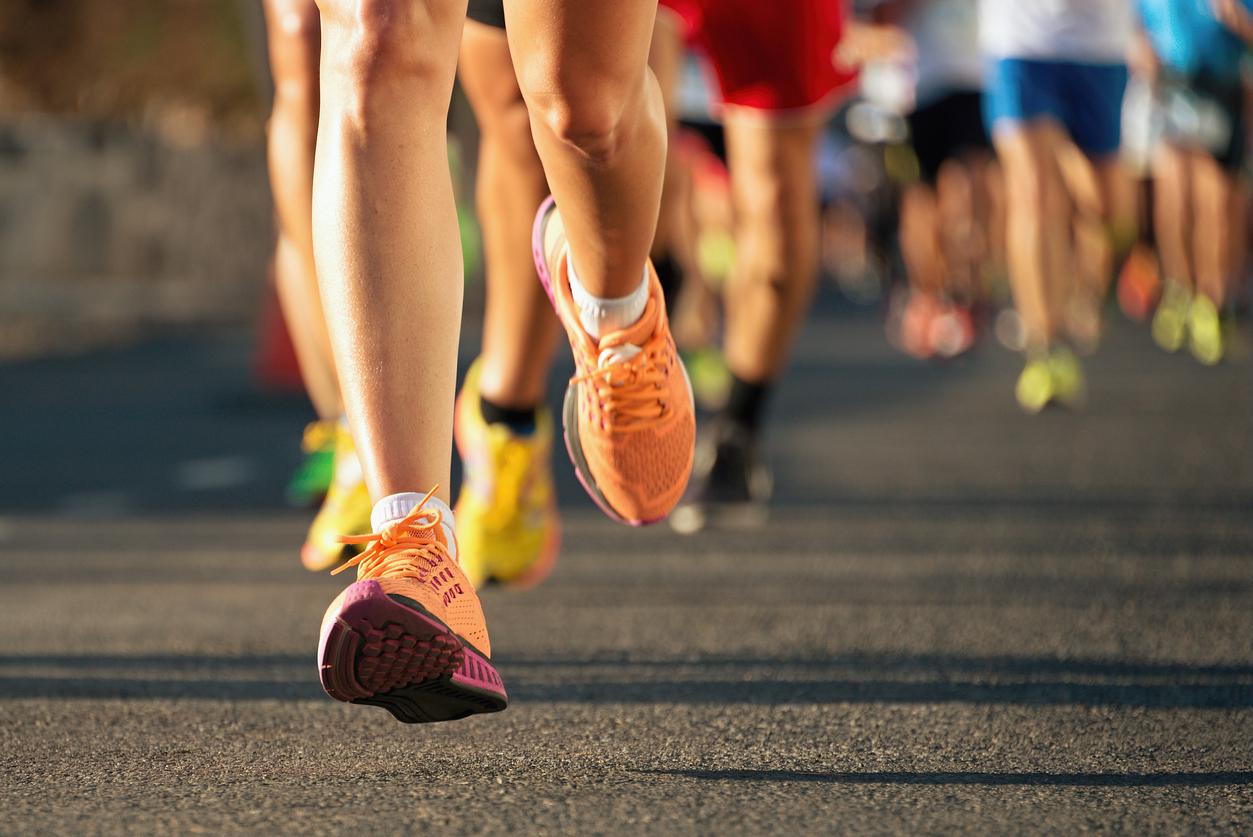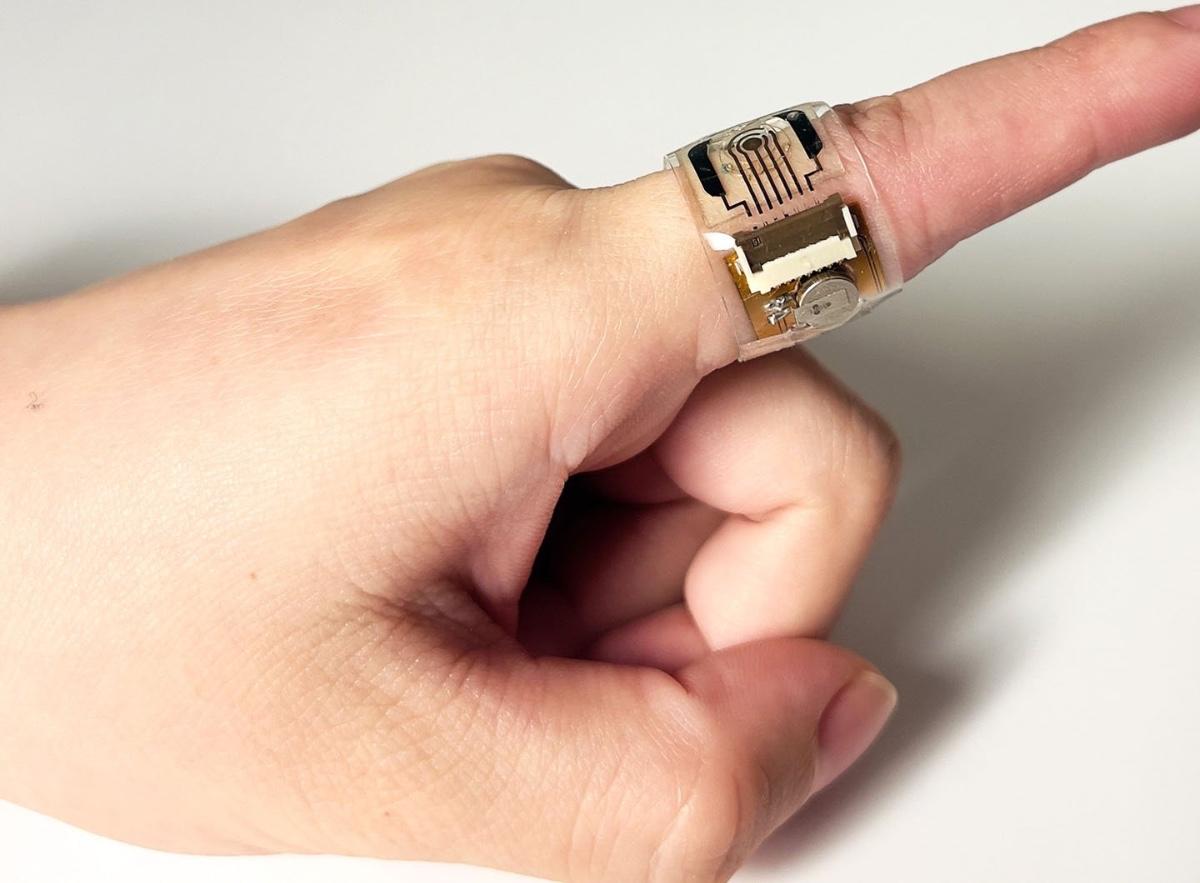Thanks to sensors placed on the skin, it is possible to analyze sweat and the biological information it contains.

- Sweat is secreted by the sweat glands.
- On average, an adult loses a liter of sweat every day.
Droplets that bead on the forehead, rings that appear under the arms: perspiration is often unpleasant. However, it is a mine of information on our state of health. Canadian researchers have understood this, and are working on a sweat detection system using sensors. In the review Bio-Designthey explain how sweat could become a health assessment tool.
Why analyze sweat?
Sweat is mainly composed of water, as well as certain minerals and proteins evacuated by our body. Its role is to regulate our body temperature, so that it does not exceed 37°C. “The chemical composition and physical information derived from sweat is of great value in terms of reflecting the state of human health.“, explains Woo Soo Kim, one of the authors of this research. But it also has another advantage: it is easier to collect. “Collecting sweat directly from the surface of the skin is a simple and easy to perform method”, continues the researcher. Unlike saliva or blood, collecting sweat is non-invasive and can be done on its own.
3D printed sensors
Woo Soo Kim and his team are developing a 3D-printed wearable sweat sensor, which enables low cost. This type of wearable sensor can assess an individual’s health by analyzing substances, including chemicals, contained in sweat. They can monitor biochemical information during physical exercise, including ion or lactate levels, which can serve as indicators of hydration, overall physiological and psychological well-being. The data collected also gives information on the level of stress or on the quality of the diet. The idea would be to place the sensors directly on the skin, using flexible materials such as foam or rubber. The sensors will have wireless information sharing functionality. Nevertheless, the researchers hope to be able to develop a wireless charging system as well. Woo Soo Kim specifies that further research will be needed to compare the information collected through sweat and blood, and validate this new health assessment system.
.









